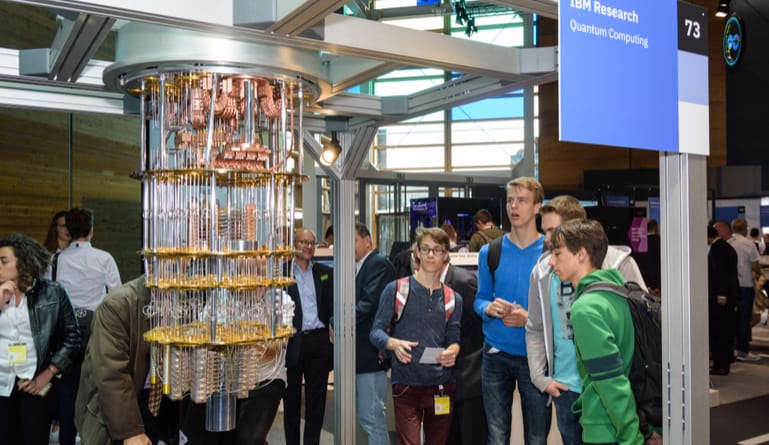Technology experts have often stated that quantum computers are the technology of the future. Theoretically, these computers can solve extremely complex arithmetic operations in a matter of seconds. Now, we can know for sure if these computers are as good in an application, as they are in theory.
The leader in quantum computer research, IBM had been working on the technology in research laboratories for years. At the Consumer Electronics Show 2019 held in Las Vegas, Nevada, the company announced that it would be the first manufacturer ever to make quantum computers accessible to commercial customers. The ‘IBM Q System One’, as dubbed by IBM, measures 2.5m. x 2.5m. and is supposed to be much faster than its predecessors in the laboratory.
At CES 2019, IBM unveiled the Q System One that is touted to be the world’s first quantum computer for commercial use. The company also announced its plans to open the first IBM Q Quantum Computation Centre in Poughkeepsie later this year to give a boost to its quantum computing business.
“The IBM Q System One is a major step forward in the commercialization of quantum computing,” said Arvind Krishna, Senior Vice President of Hybrid Cloud and Director of IBM Research, in a press statement. “This new system is critical in expanding quantum computing beyond the walls of the research lab as we work to develop practical quantum applications for business and science.”
The Q System One is comprised of a number of custom components including:
- Quantum hardware designed to be stable and auto-calibrated to give repeatable and predictable high-quality qubits.
- Cryogenic engineering that delivers a continuous cold and isolated quantum environment.
- High precision electronics in compact form factors to tightly control large numbers of qubits.
- Quantum firmware to manage the system health and enable system upgrades without downtime for users.
- Classical computation to provide secure cloud access and hybrid execution of quantum algorithms.
Looks like the future is almost here – ARE YOU GAME?





